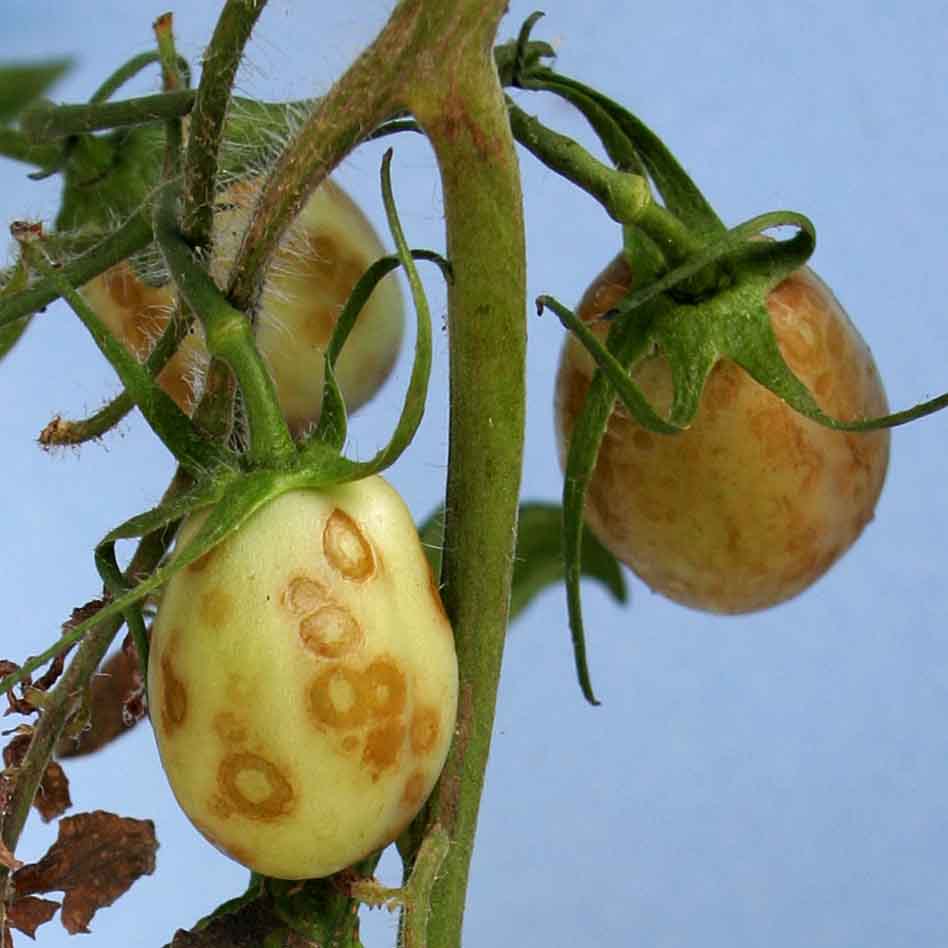
by Joe Funderburk | Sep 9, 2016
Garima Kakkar, UF/IFAS, St Lucie County Extension, Fort Pierce; Joe Funderburk, UF/IFAS, North Florida Research and Education Center, Quincy; Scott Adkins, USDA-ARS, Horticultural Research Laboratory, Fort Pierce The thrips-transmitted tospoviruses are important...
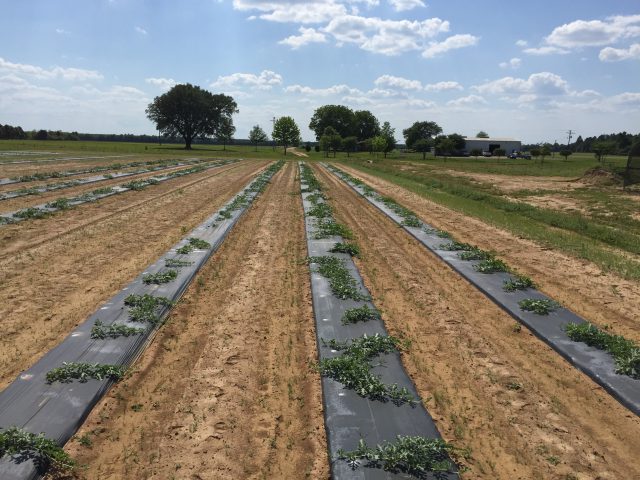
by Blake Thaxton | Aug 26, 2016
Some production systems, particularly vegetables, utilize wide row spacing (anywhere from 4 to 8 foot wide). In these systems it is of economic and environmental importance to fertilize the crop root zones evenly, and not fertilize the row middles, where nutrients...
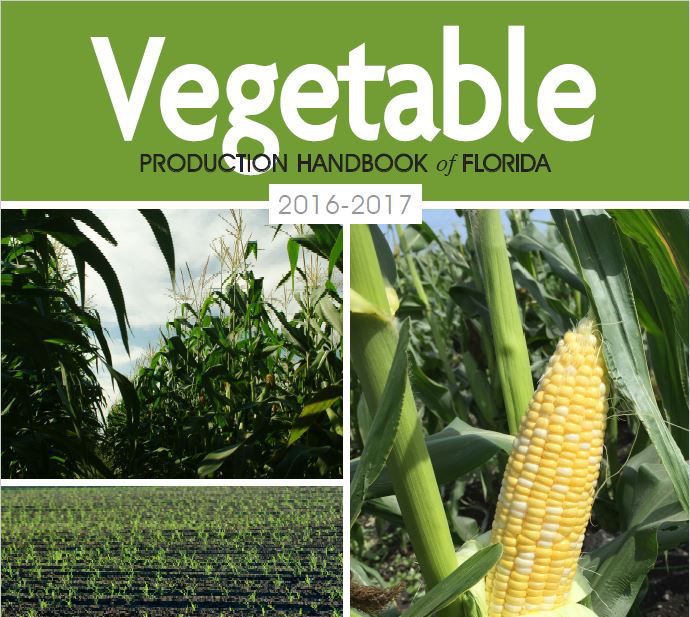
by Josh Freeman | Aug 26, 2016
The recently updated Vegetable Production Handbook of Florida (VPH) is the go-to-source of information on vegetable production. So you need to know how to control leafminers in sweet potato? It is in there! Maybe you have a problem with Cercospora leaf spot in okra?...
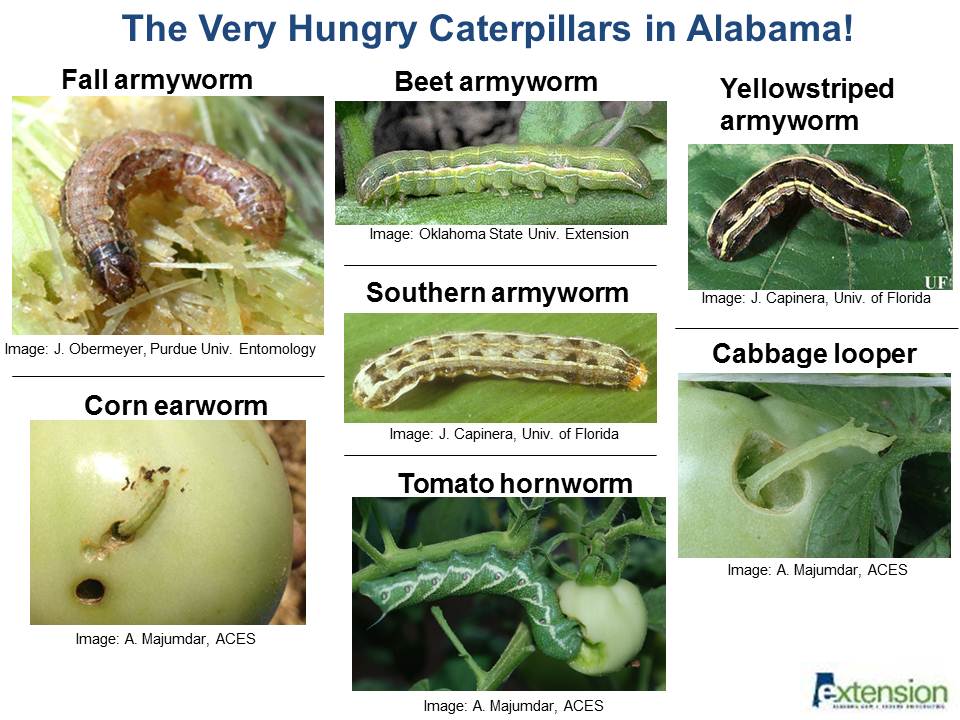
by Doug Mayo | Jun 17, 2016
Ayanava Majumdar (Dr. A), Alabama Extension Entomologist Source: Alabama IPM Communicator Newsletter Drought-like conditions is favoring plant-stress and a high incidence of caterpillars on vegetable crops. Insects undergo a rapid life cycle in hot conditions –...
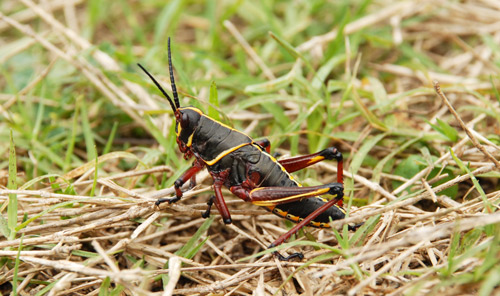
by Matthew Orwat | May 27, 2016
The Eastern Lubber Grasshopper, also known colloquially as the “Georgia Thumper,” can be highly destructive to a variety of vegetable crops. This May many growers and vegetable gardeners have reported unusually high numbers of nymphs, the juvenile form of the...
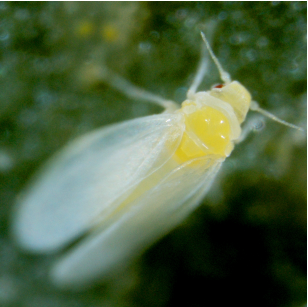
by Doug Mayo | May 27, 2016
Brad Buck, UF/IFAS Communications Situation The Q-biotype whitefly, a significant tropical and subtropical pest, may threaten Florida crops such as tomatoes, squash, beans, watermelons and many other vegetables and ornamentals if immediate measures are not taken to...







